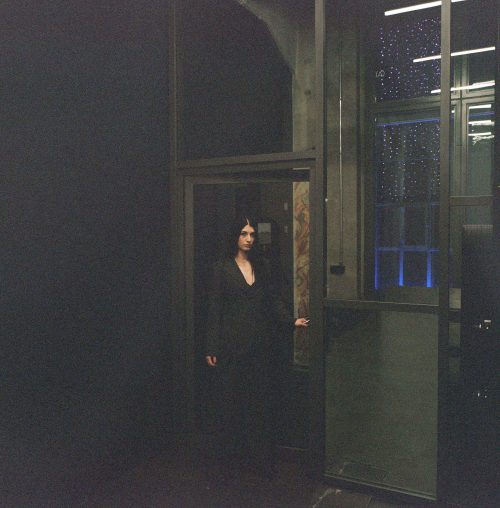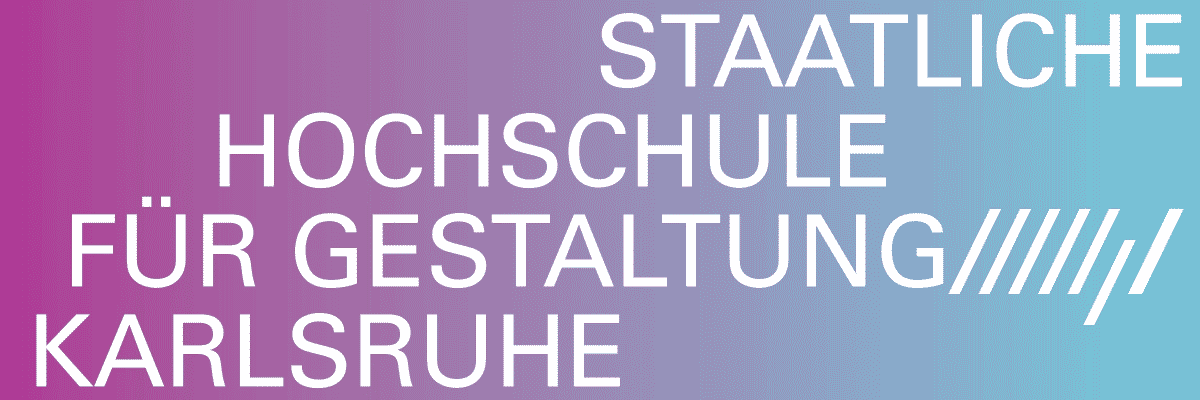
Martin Káňa
Geovýběh
Project Info
- 💙 Pragovka Gallery
- 💚 Pavel Ticho(ň)
- 🖤 Martin Káňa
- 💜 Pavel Ticho(ň)
- 💛 Marcel Rozhoň
Share on
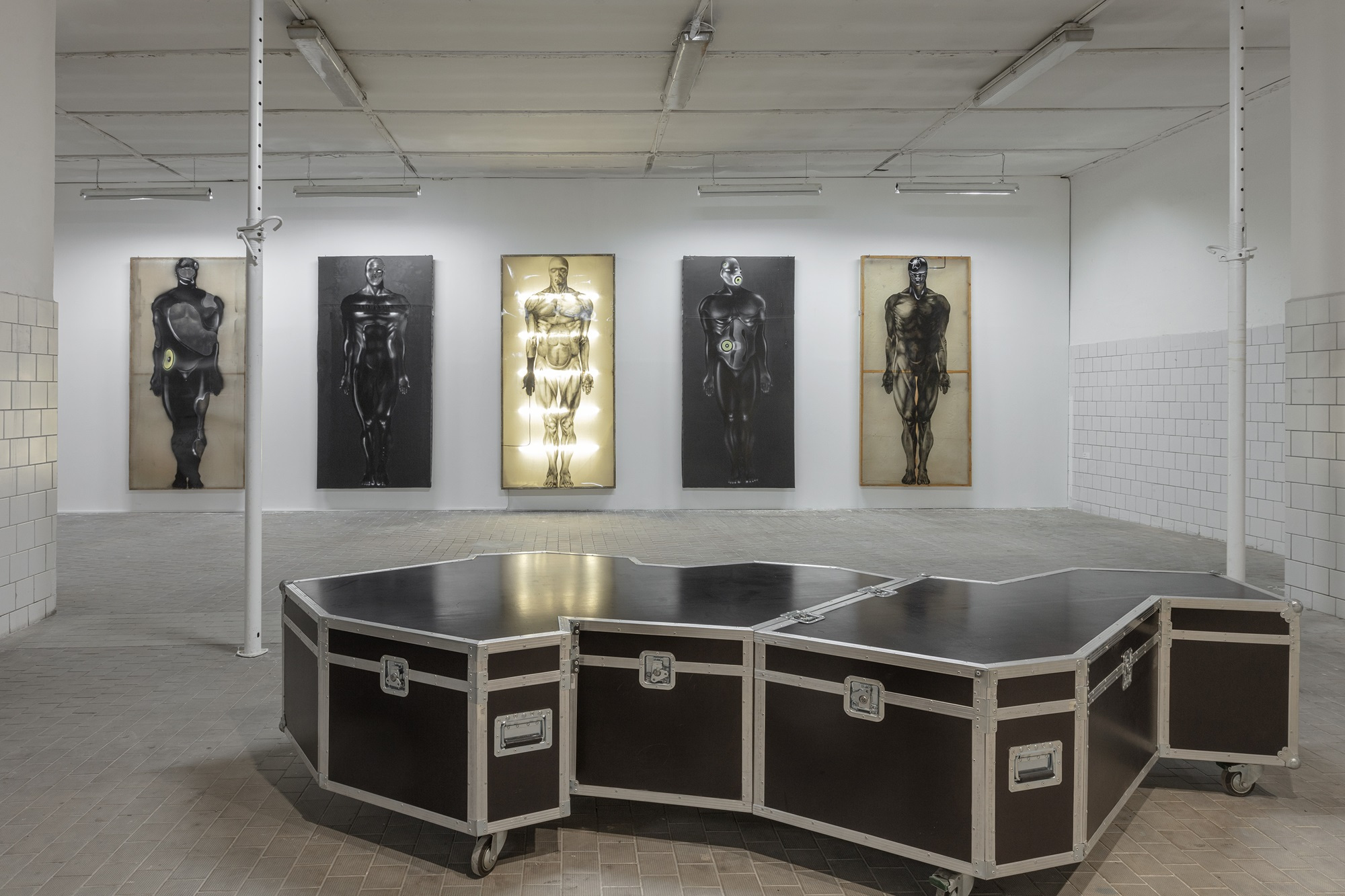
Advertisement


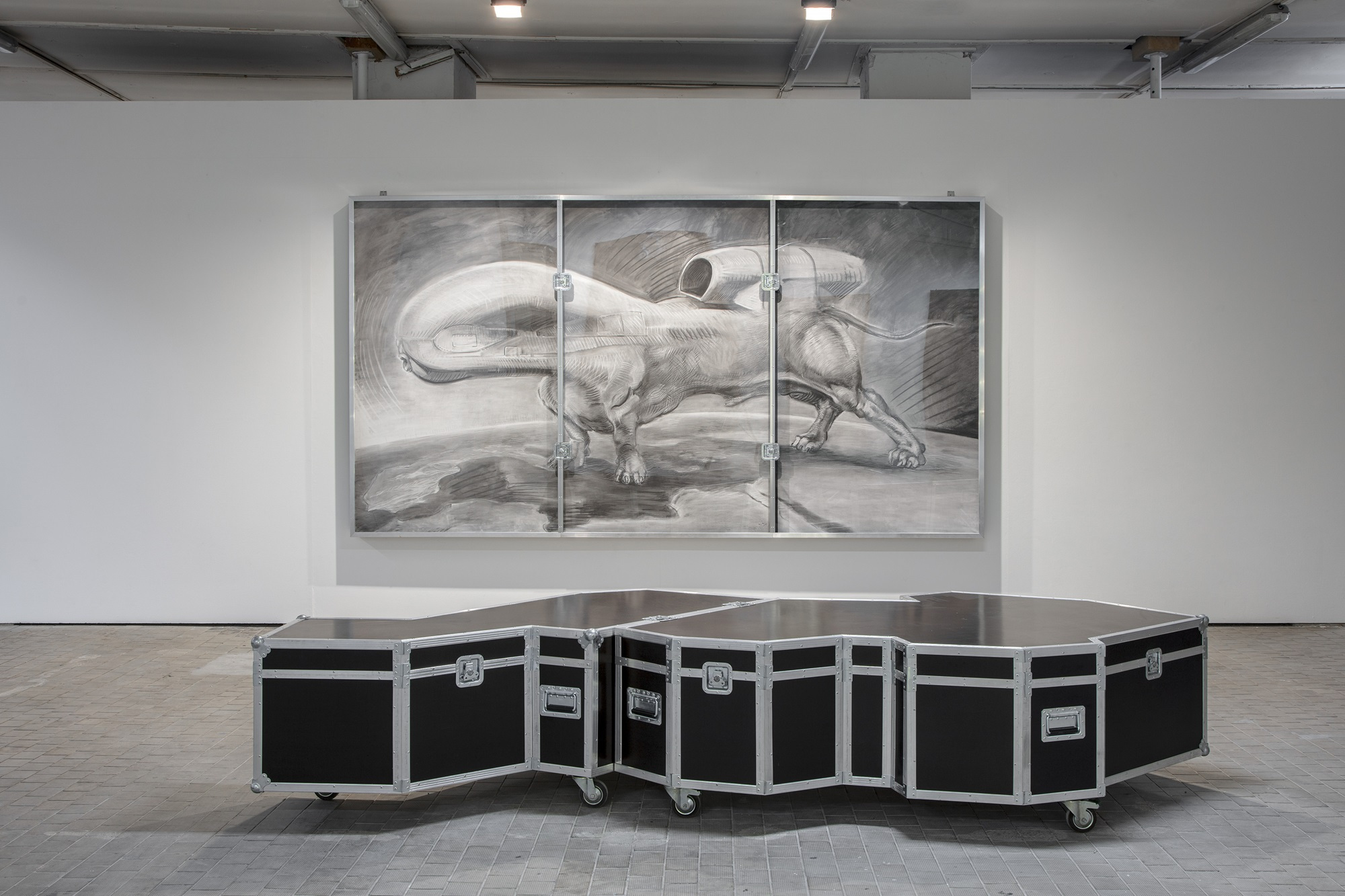

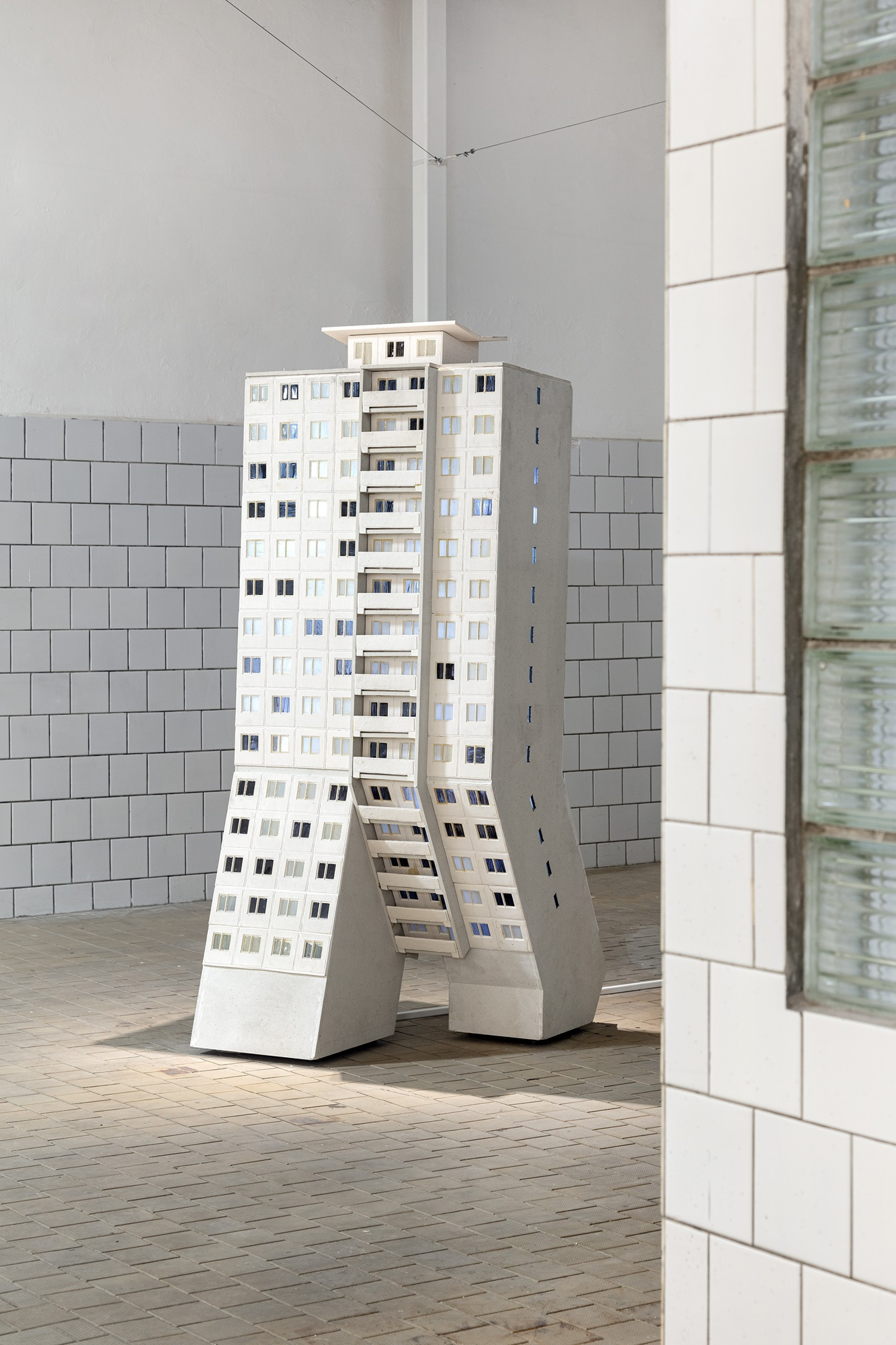
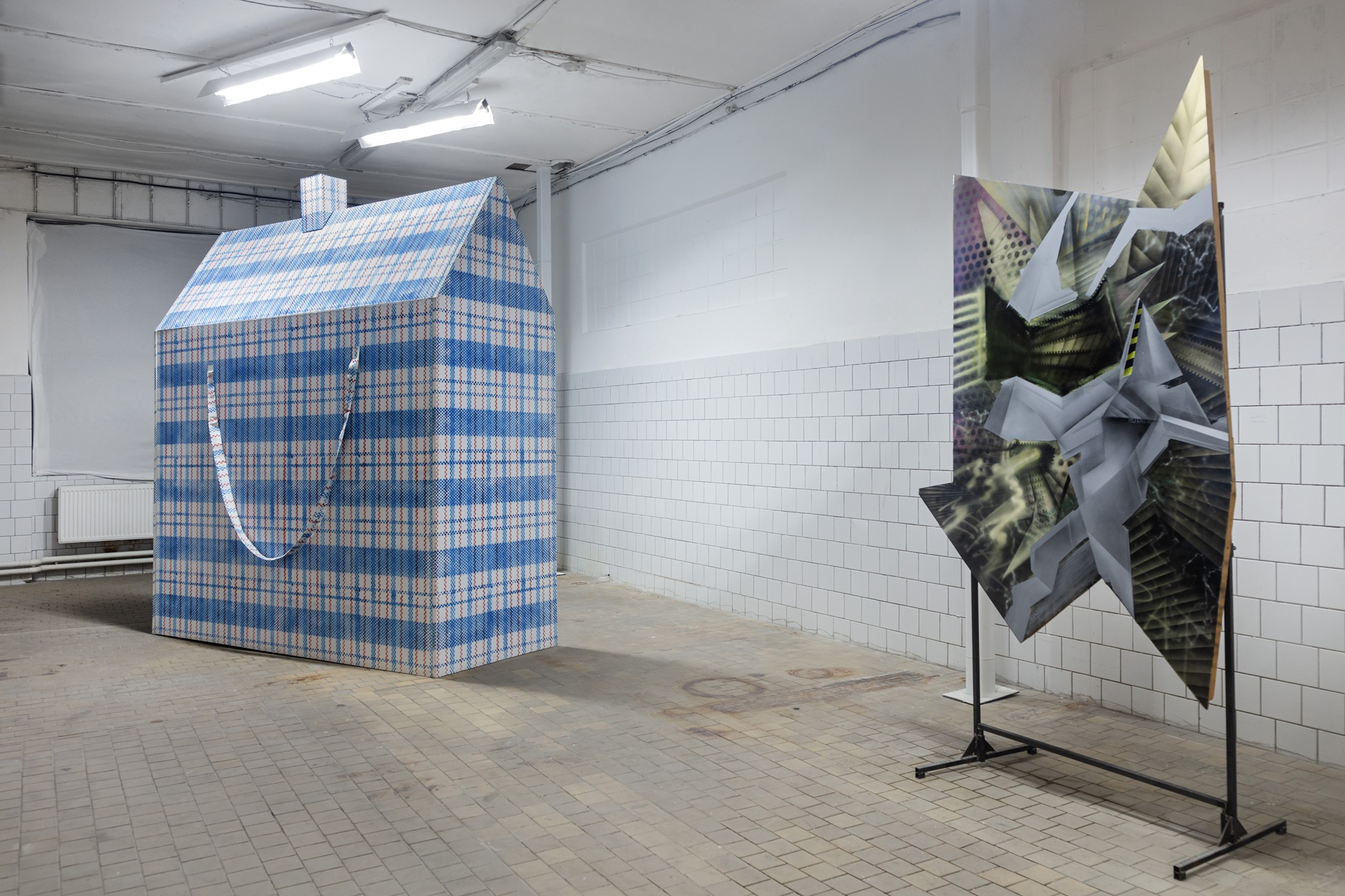
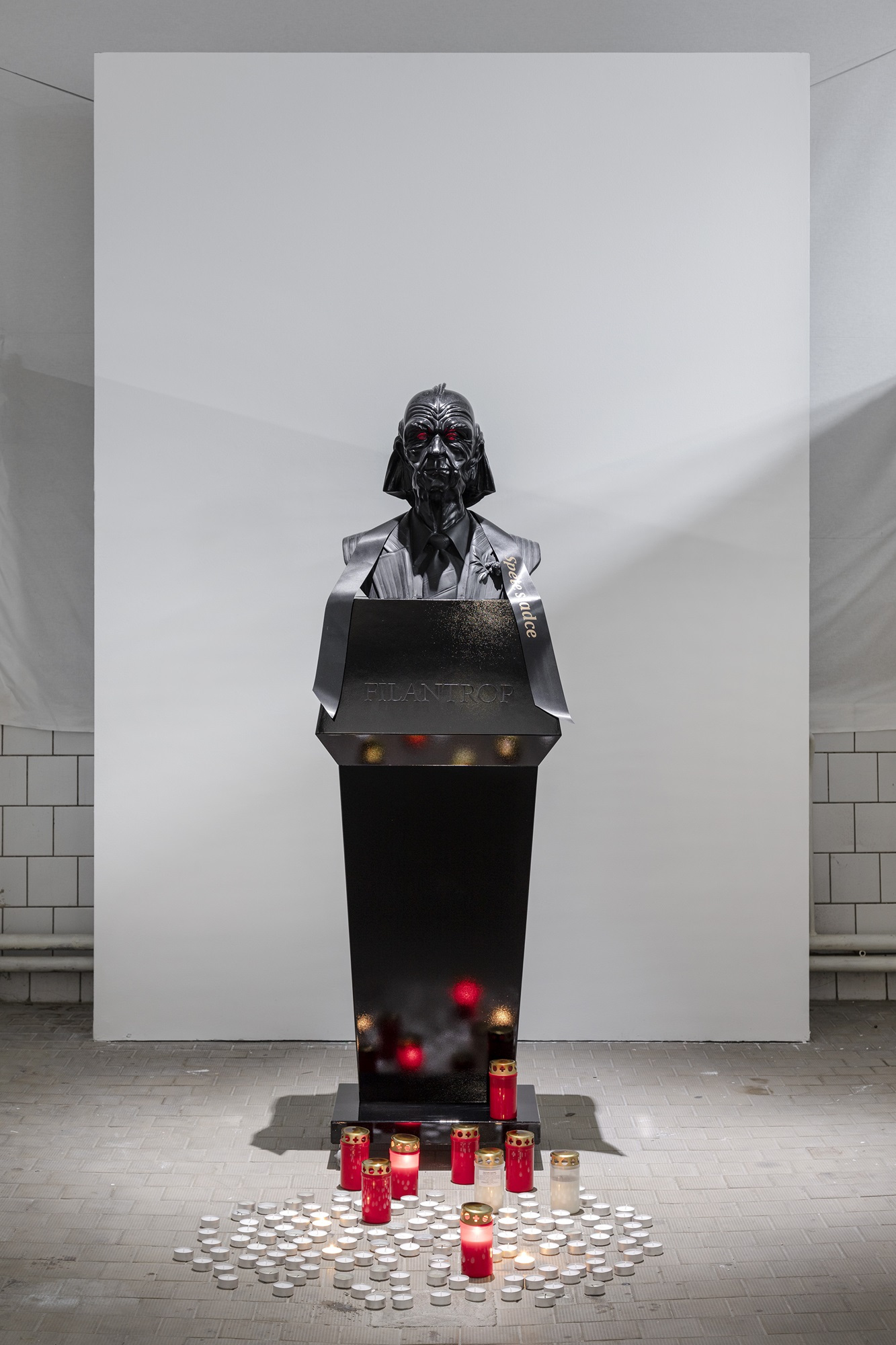
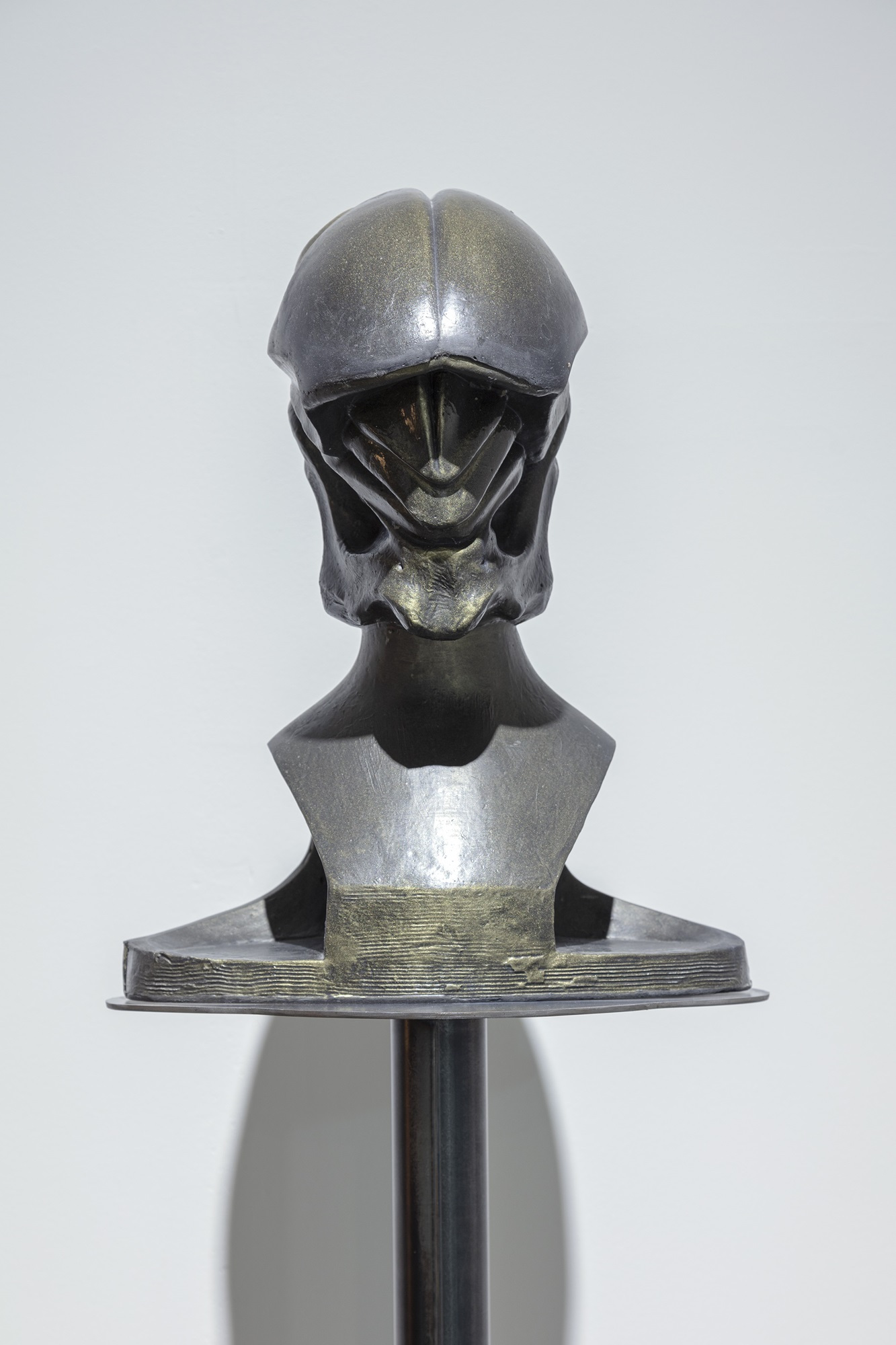
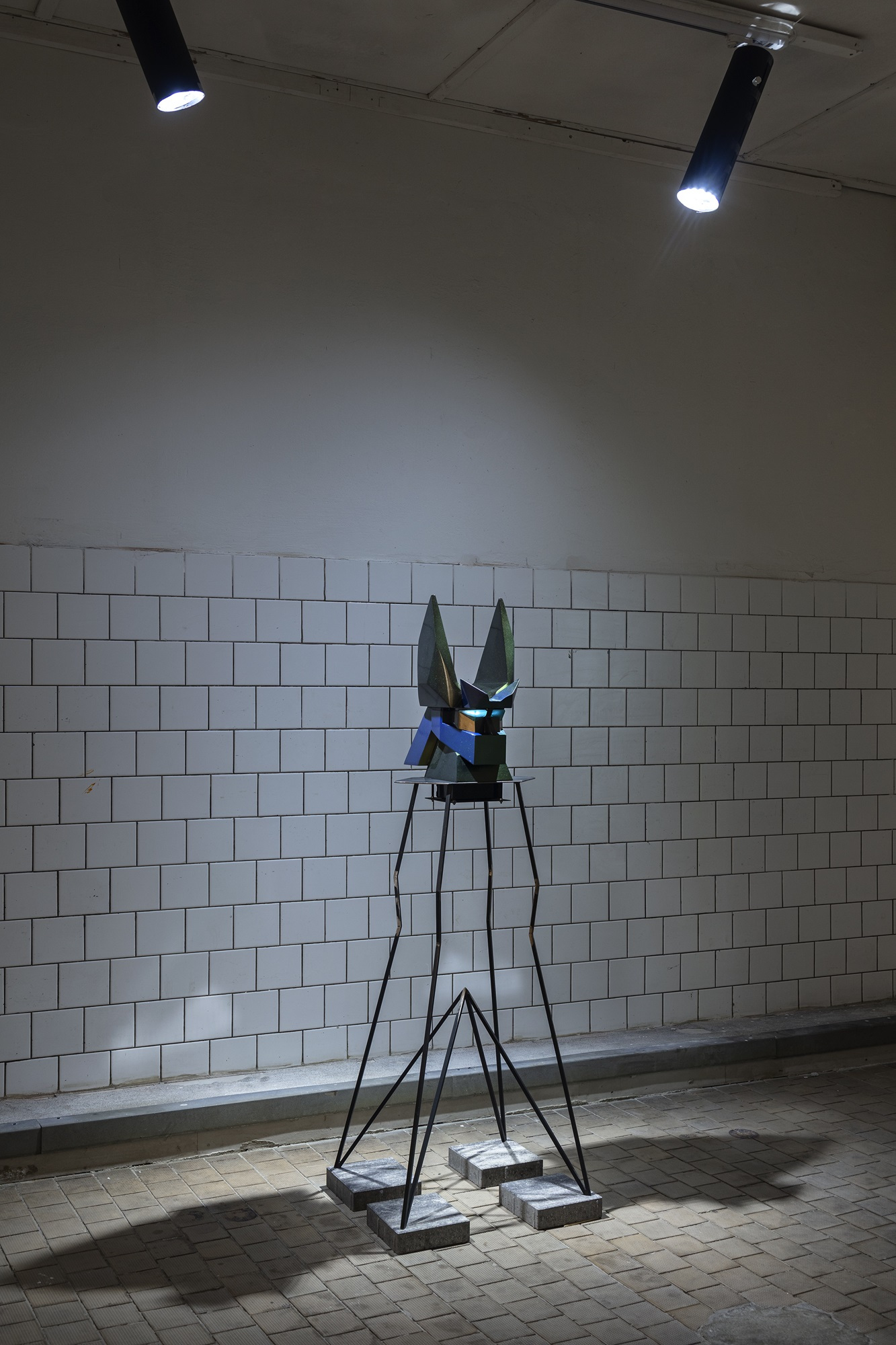
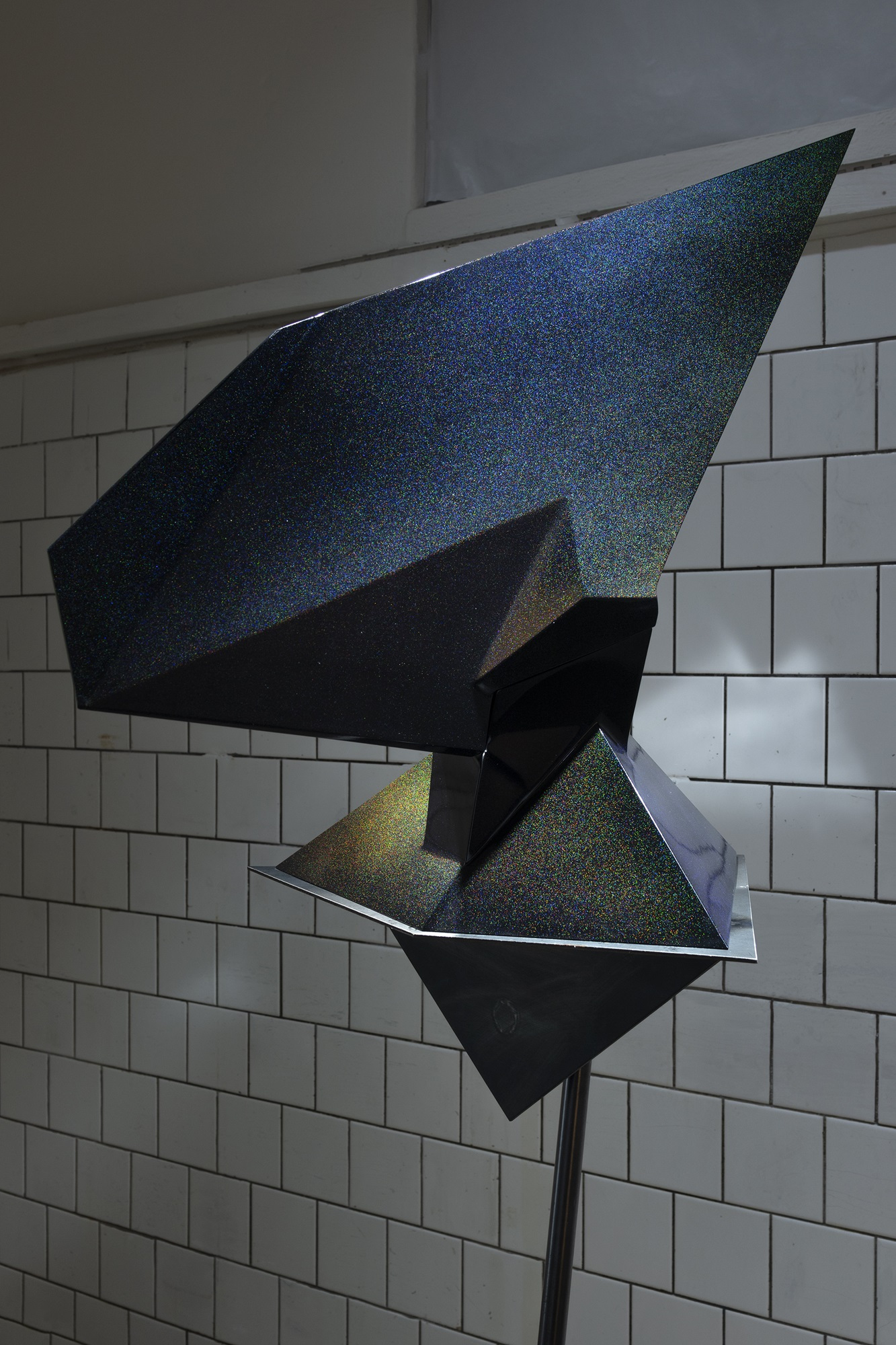
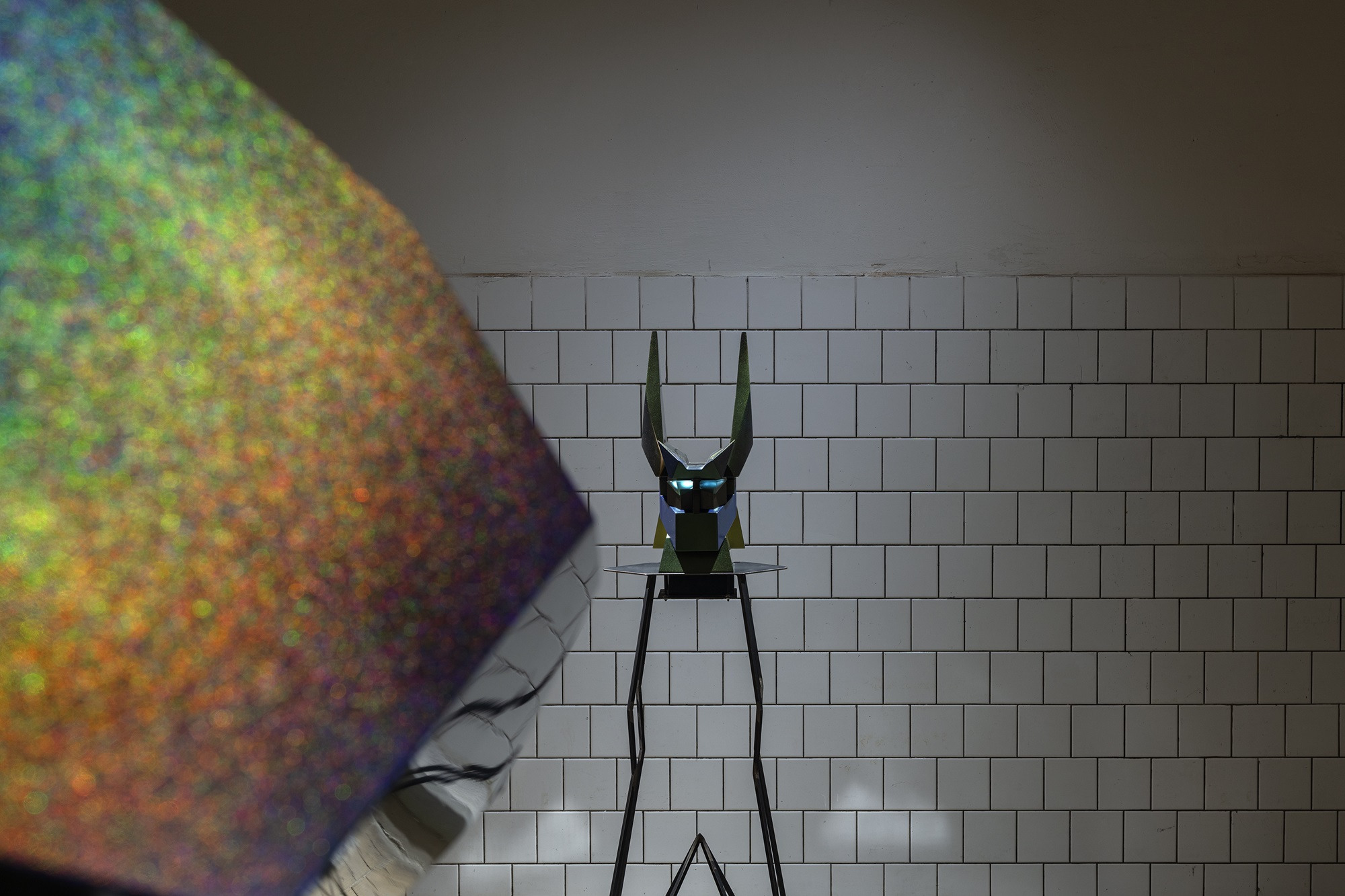
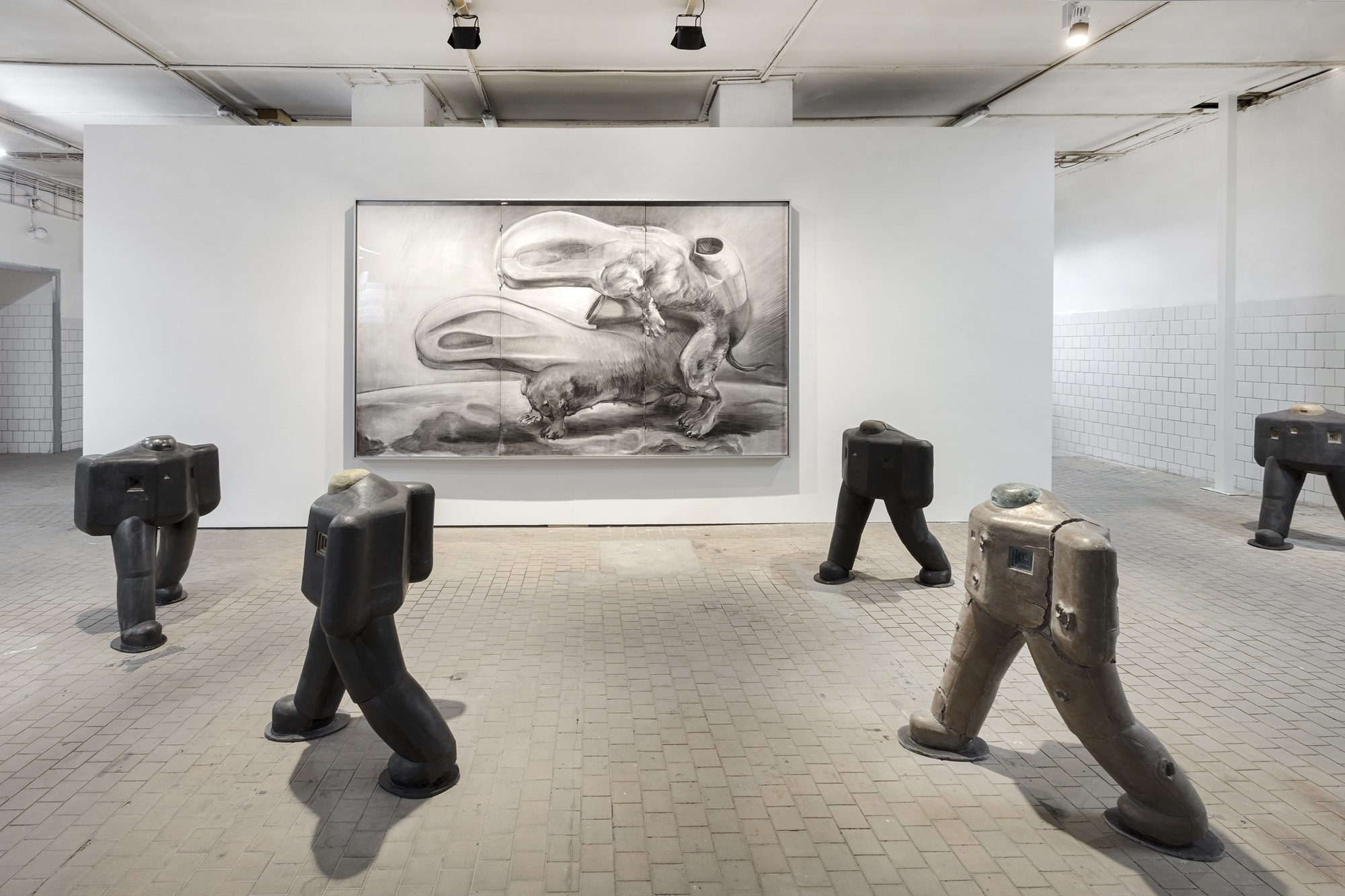

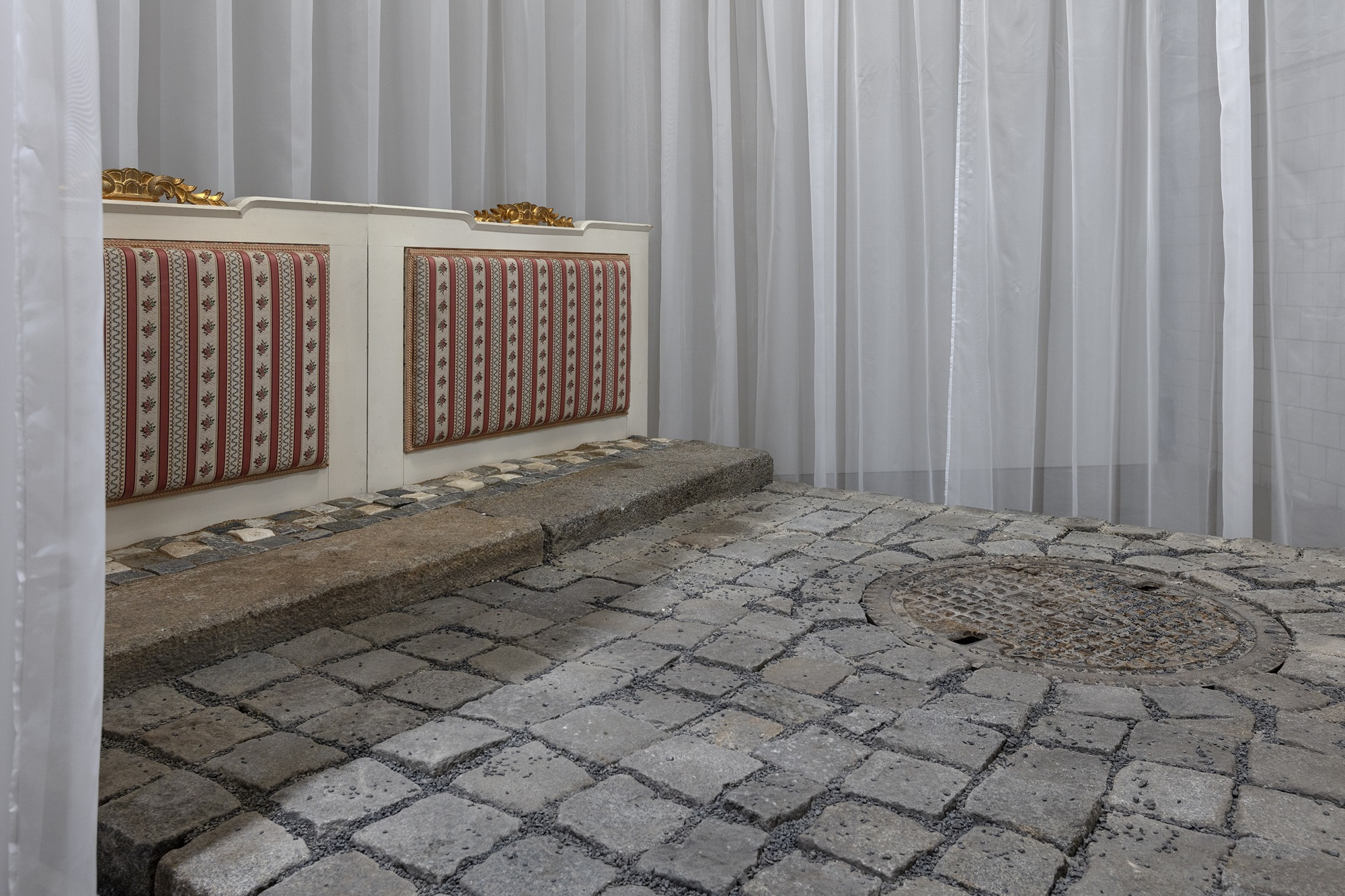

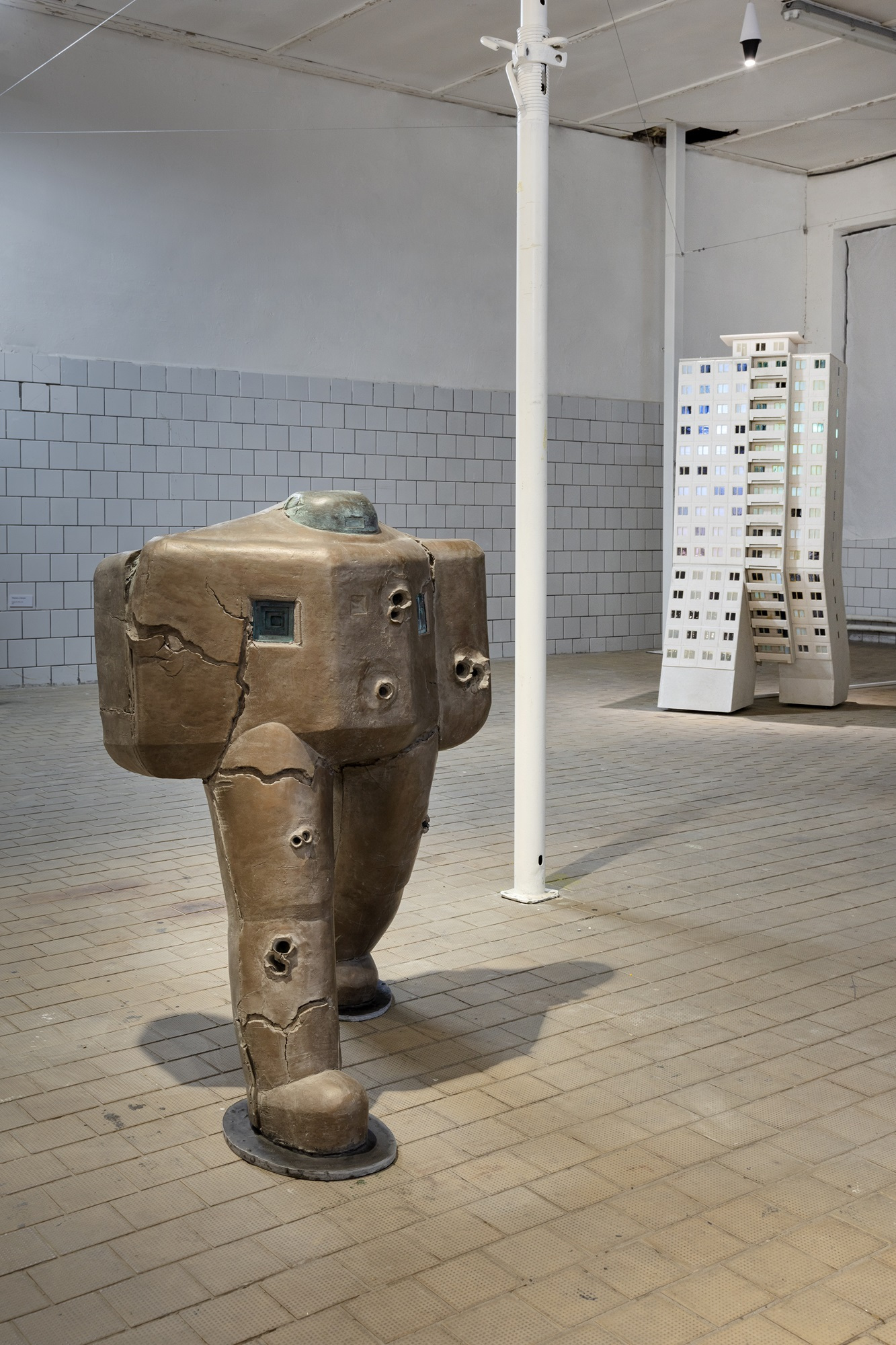
I first met Martin Káňa, sort of an older brother in the discipline of art, at the Academy of Fine Arts in Prague at the very turn of the new millennium. The apocalyptic forecasts did not come true then; instead, Káňa participated in the exhibition Konec světa? (The End of the World?) of the then-youngest generation alongside established artists at the Kinský Palace on the Old Town Square. The exhibition was conceived as a VJ set by Milan Knížák, the then director of the National Gallery. Káňa’s object Scooter fit perfectly into the exhibition set consisting of several themes: symbols of death, identity crisis, artificial intelligence, and new beginning.
Two years later, he graduated in the Drawing studio of Prof. Jitka Svobodová with a giant object Transformer which embraced two entities, a mysterious technocratic being, whose surface was made of carbon fiber, emerged from a stealth fighter plane. If we realize that the most common natural modification of carbon is graphite, which was the most basic material used in the Drawing studio, then we understand the very subtle subliminal work with the material which he metaphorically transformed into a new entity - a three-dimensional drawing of contemporary contents. It was Káňa who brought unconventional drawing techniques to the studio, including the use of airbrush and spray paint which initiated the subsequent post-graffiti tendencies that began to be used here prominently.
In the previous decade, he was associated with the Trafačka gallery in Prague – Vysočany. We can mention, for example, the group exhibition of large-format paintings Věříme v krizi (We Believe in the Crisis). He was also a member of the guerrilla art group Ztohoven whose social cri de coeur had a very strong media presence at the time. He took part in the exhibition Hraniční syndrom (Borderline Syndrome) which was followed by several international iterations. His last major solo exhibition Káaňa, curated by Josef Vomáčka, took place in the town of Sokolov in 2019. At that time, he was already a part of Pragovka Gallery where he also participated in the annual group exhibitions Flying Inn (curated by Karel Srp), Post Rubbish (curated by Pavel Tichoň), Kolaborace (curated by Petr Vaňous) and Excel.
His current artistic practice encompasses a wide range of forms from classic drawing to sculptures, objects, paintings, assemblages, and installations. He has long been fascinated by geopolitical themes which he comments on in his works with visual, often pop exaggeration and critical messages. This is also evident in his visually complex solo exhibition with the telling title Geovýběh (Georun) where completely new works resonate alongside the older ones.
Geovýběh provides a disturbing picture: Border bunkers watch over moving borders, copulating security drones reproduce in a wild manner, the liposuction of useless words gives birth to dark beings, black Oscars, awarded to virtual actors as tokens for their mendacious performances, the society marches in double files of history, enclosed in mental apartments of comfort, encrypted protein purchases from a shepherd who is both a slave-owner and philanthropist, comic book protagonists without speech bubbles, atomic robots excrete plutonium into the collective consciousness, technocratic surveillance for a fixed period of time, transpersonal foam of a transnational corporation injected into the hypothalamus, sweet dreams...
Káňa’s range of interest is thematically vast, yet the aviation, military arsenal, superhumans or cyborgs, mass-controlled society, historical events, and memories of the future dominate the run. Geovýběh is a carefully circumscribed territory which declares his ability to undermine established accounts of historical and contemporary geopolitical systems and the possibilities of both clash and end of civilizations.
A buzzard (whose Czech name “káně” sounds similar to the surname Káňa) is a rather lazy bird of prey who collects knocked-down carrion by the roadside. By contrast, Káňa is a hard-working artist who tends to perfect everything, and being a bird of prey within artistic traffic is not in his nature. After a long time, Káňa is once again making his mark in exhibition spaces as you can hear his belly laugh throughout the raw spaces of the White Room.
Pavel Ticho(ň)


